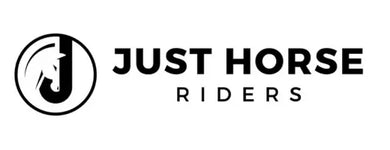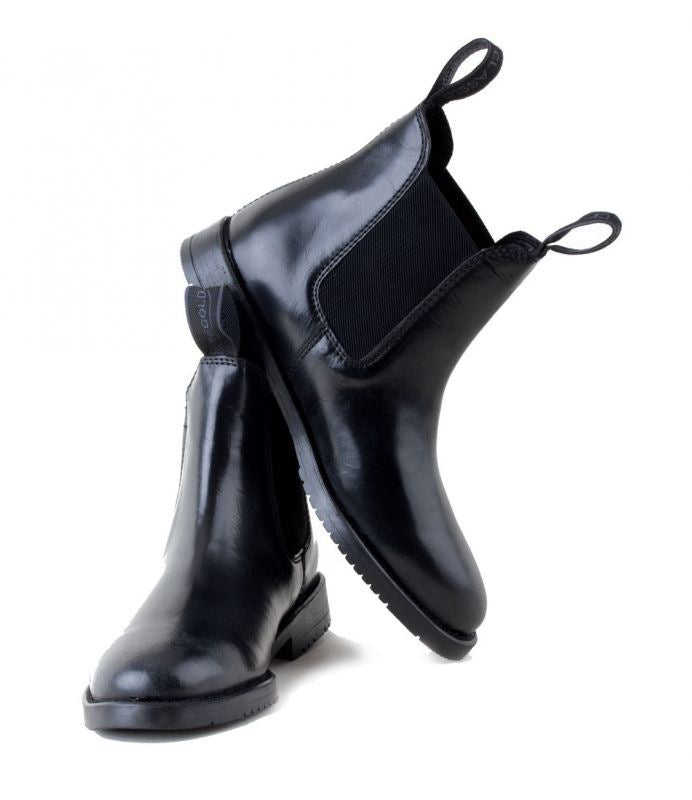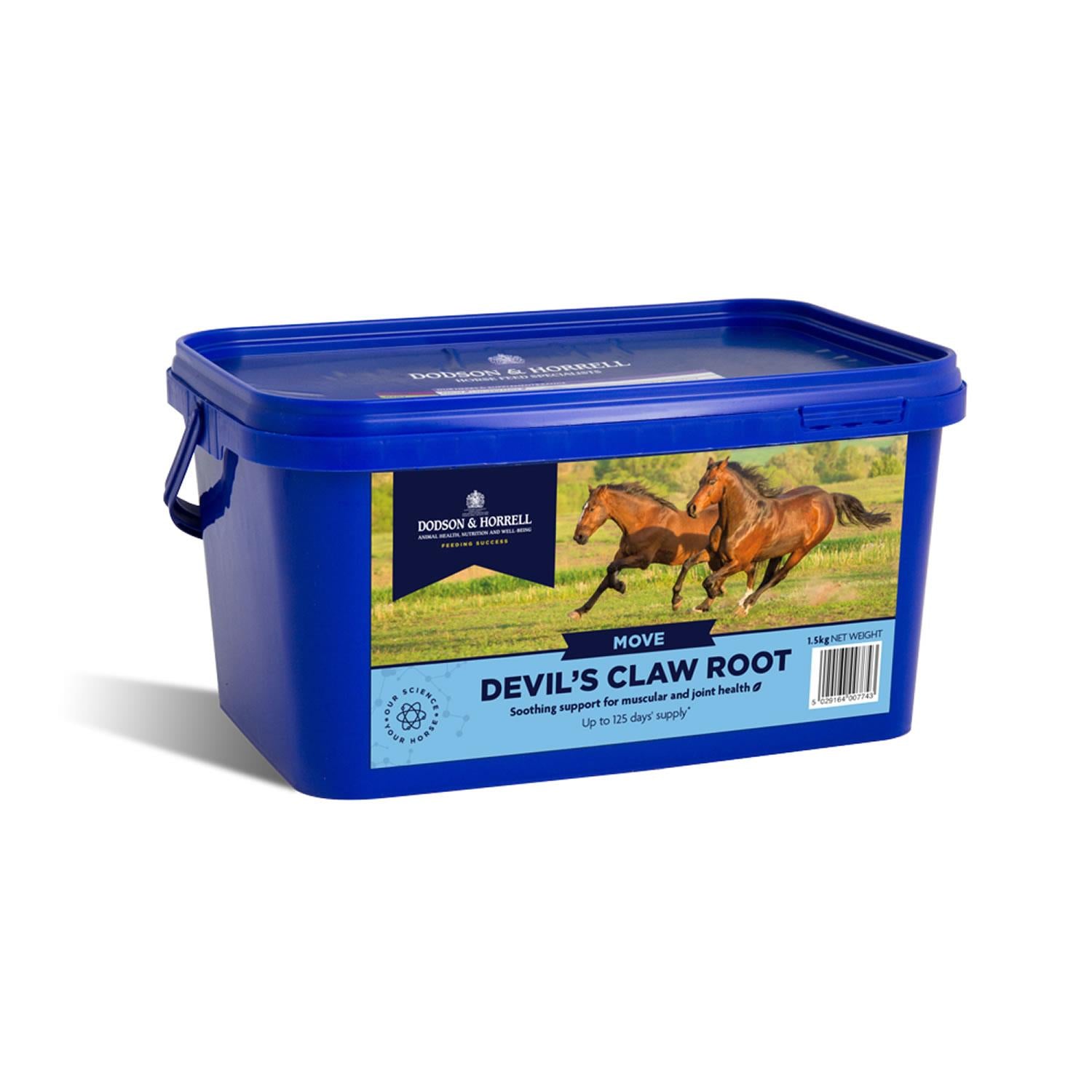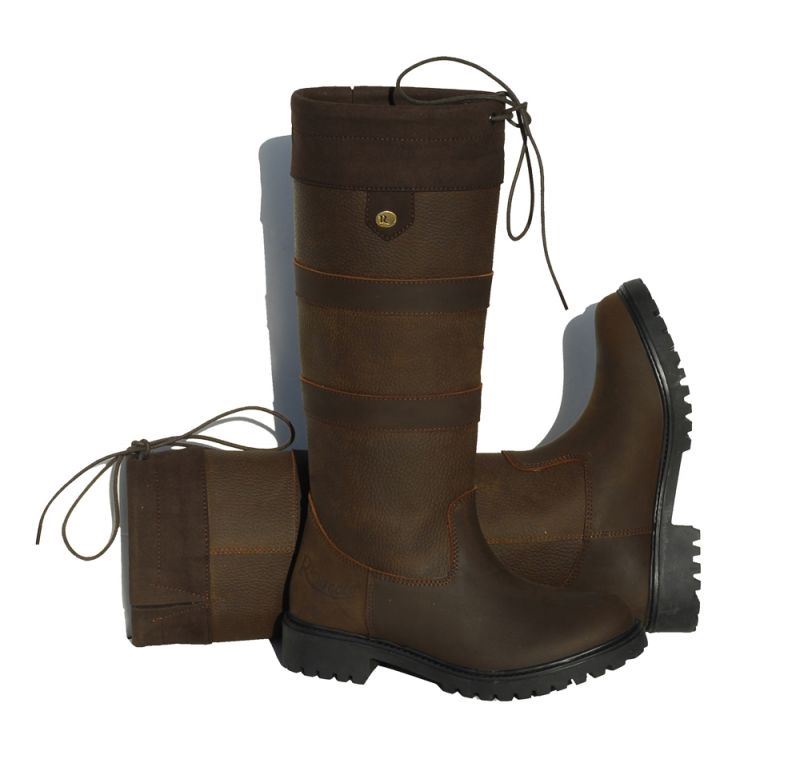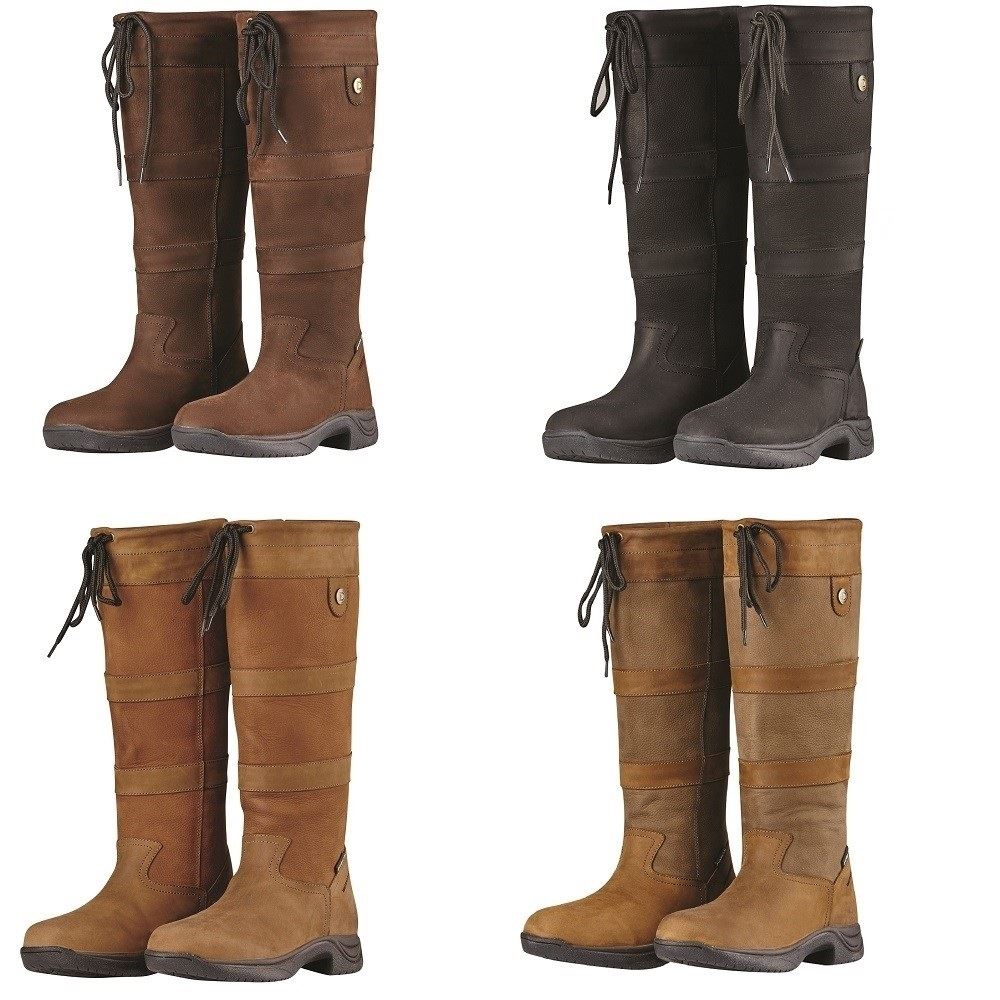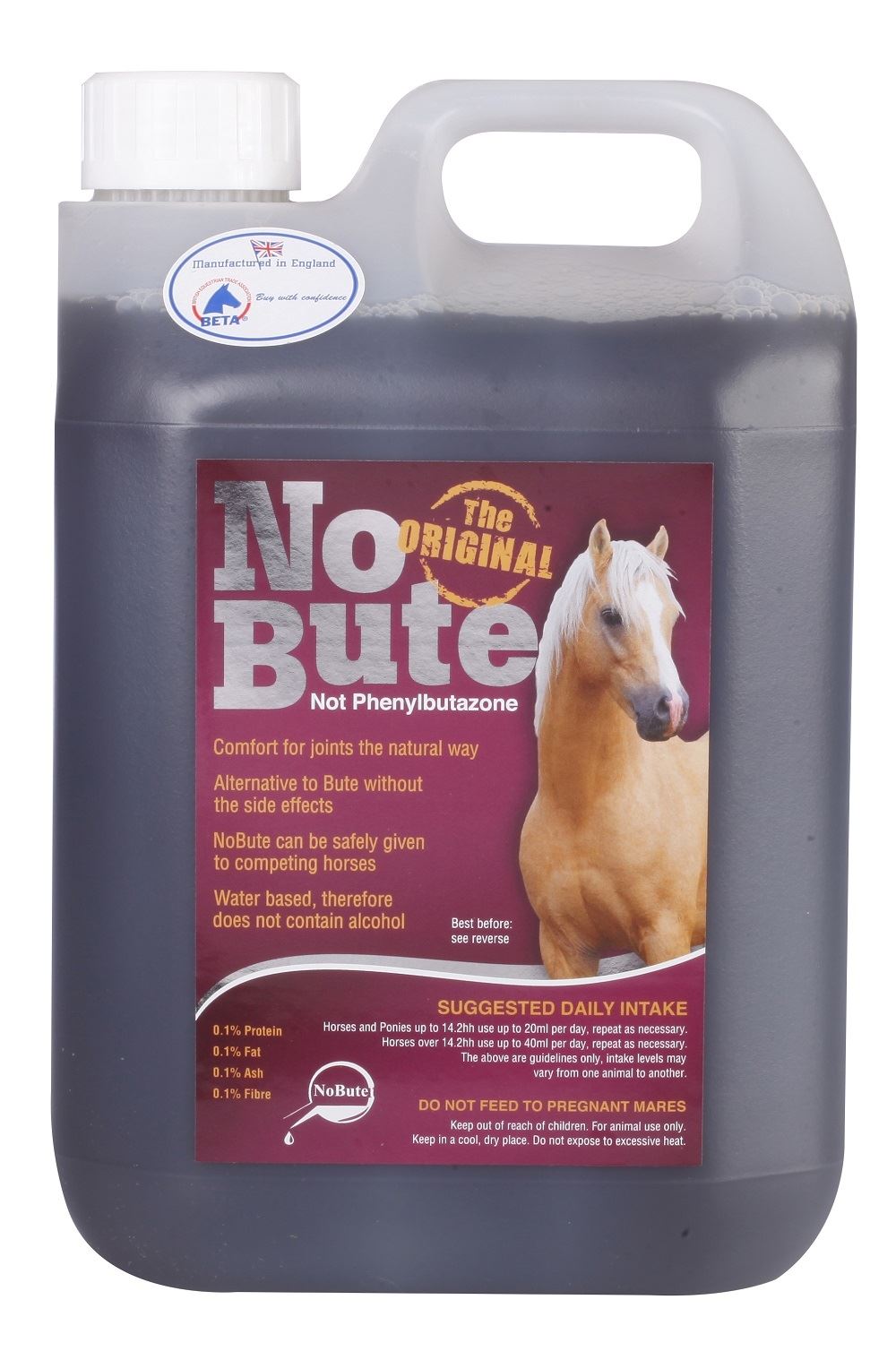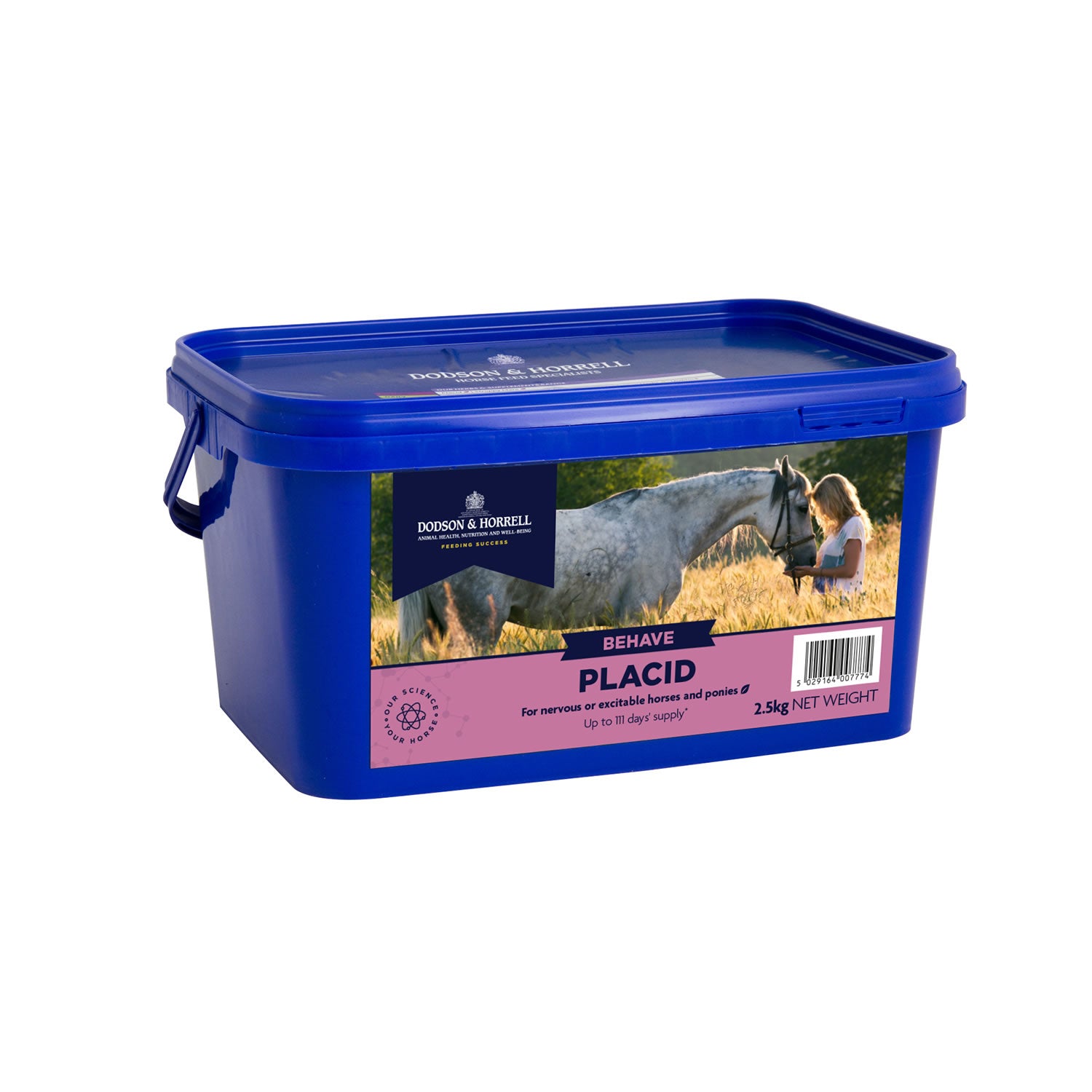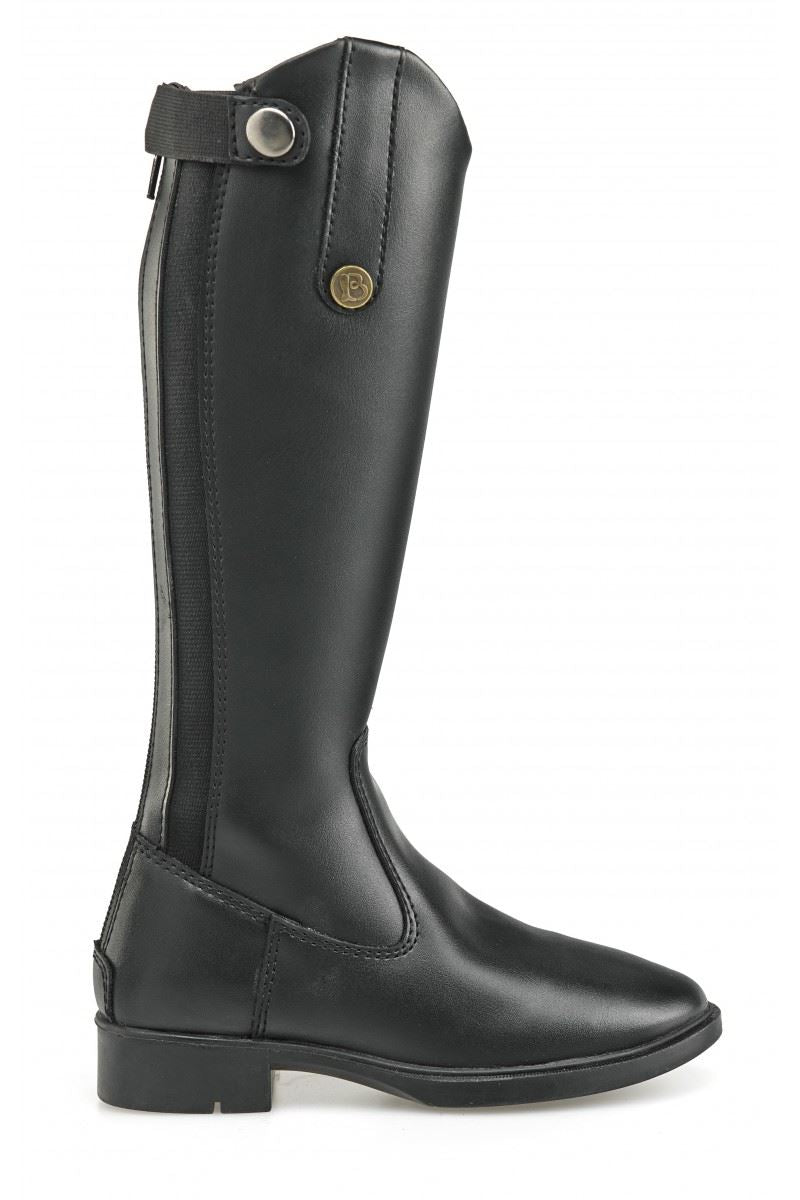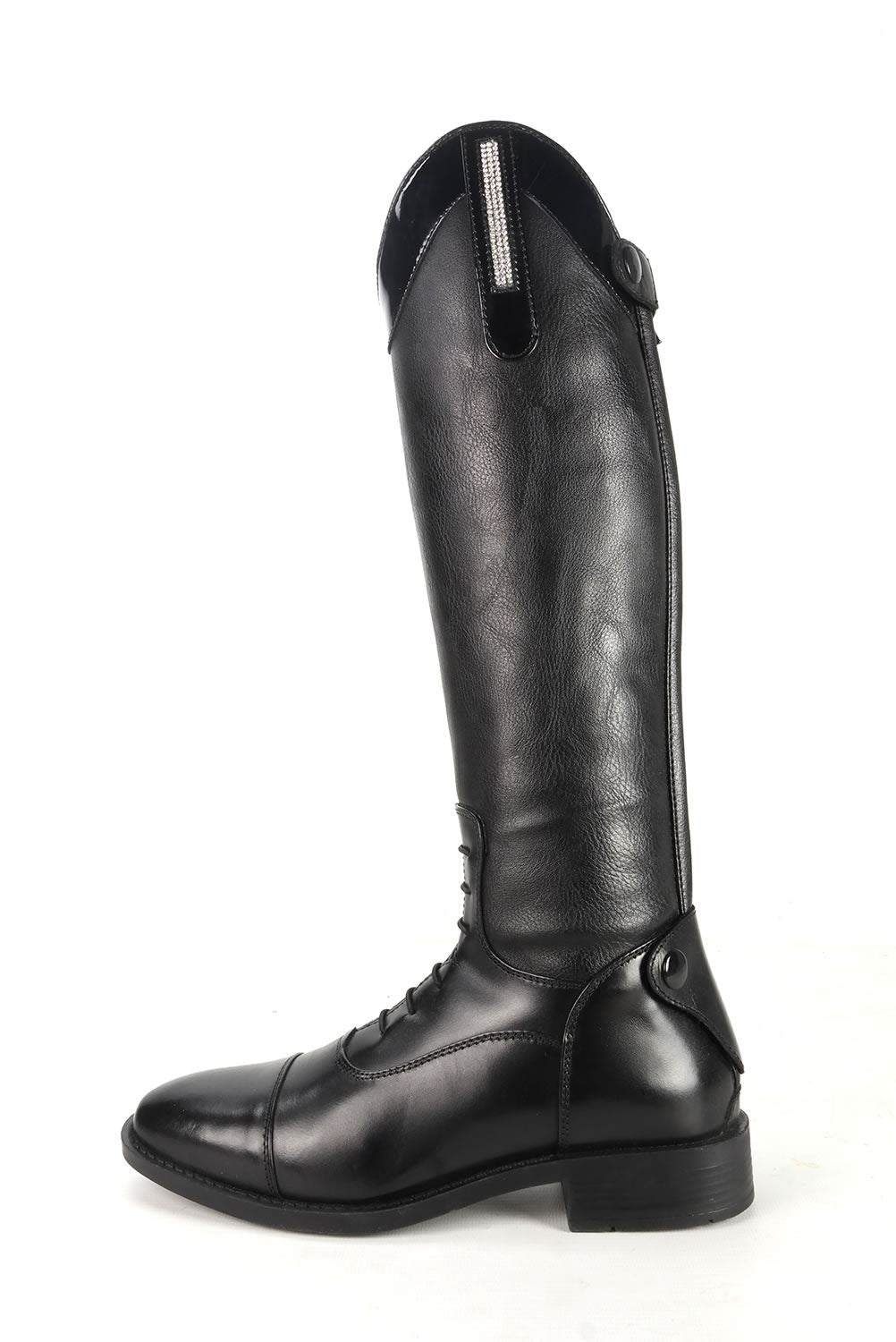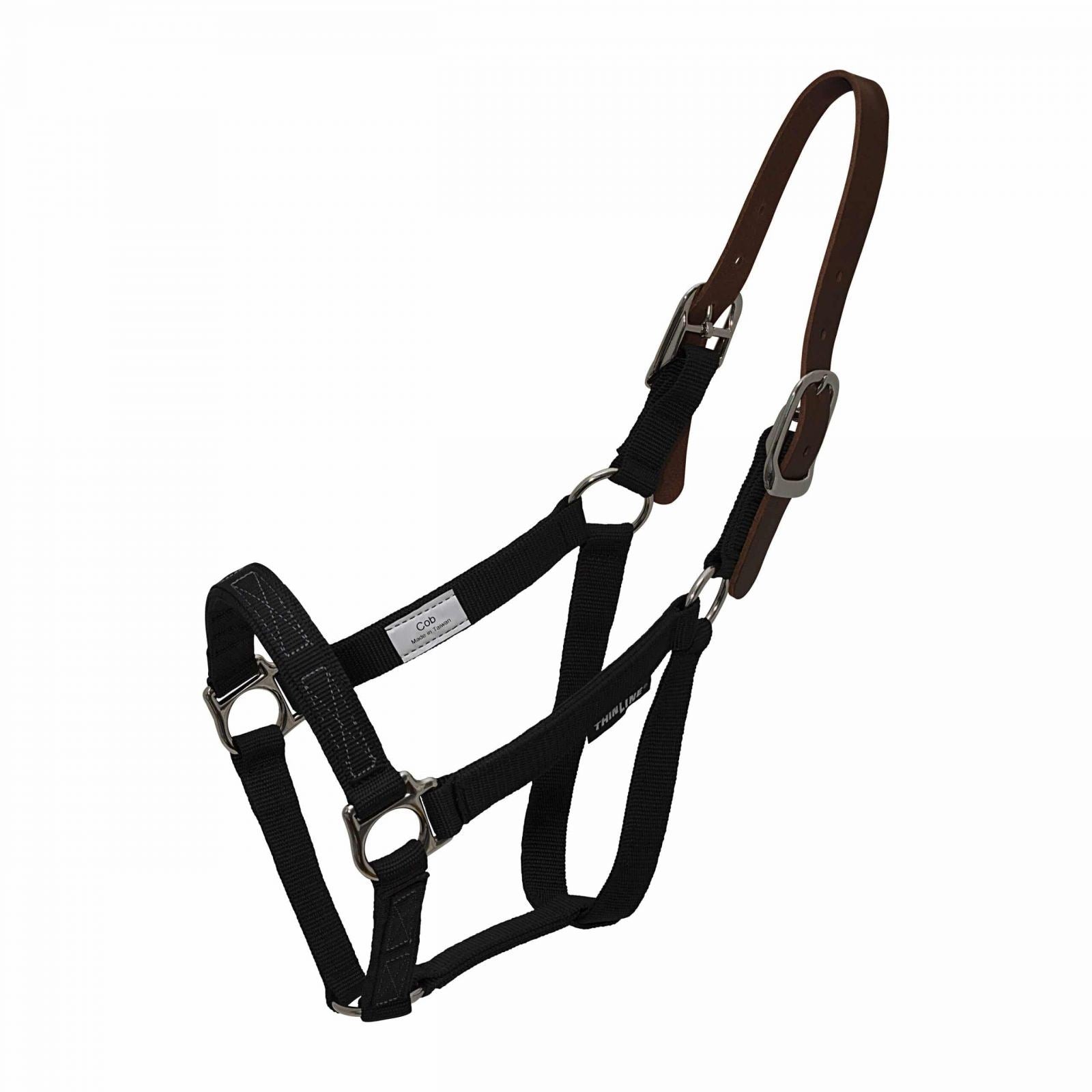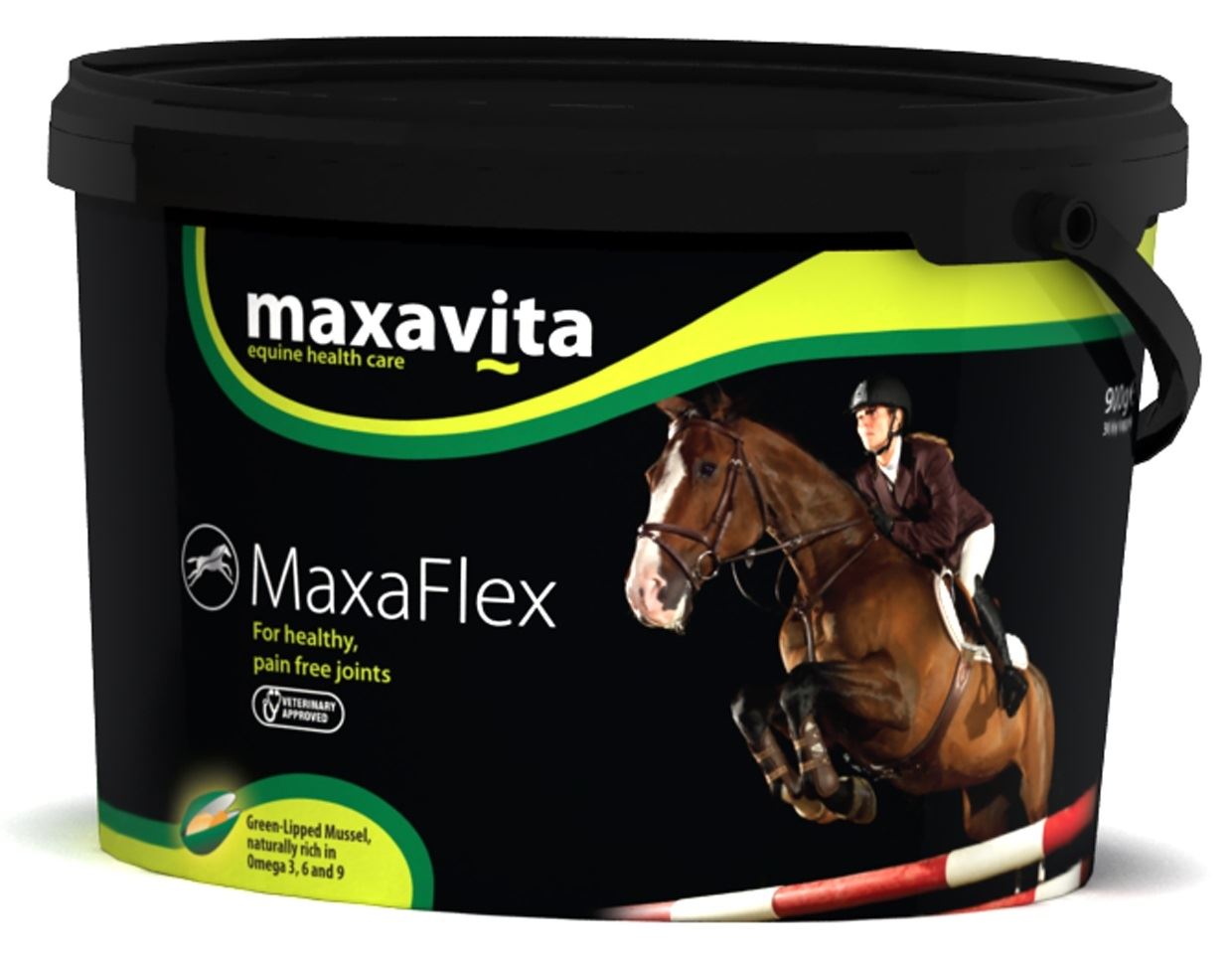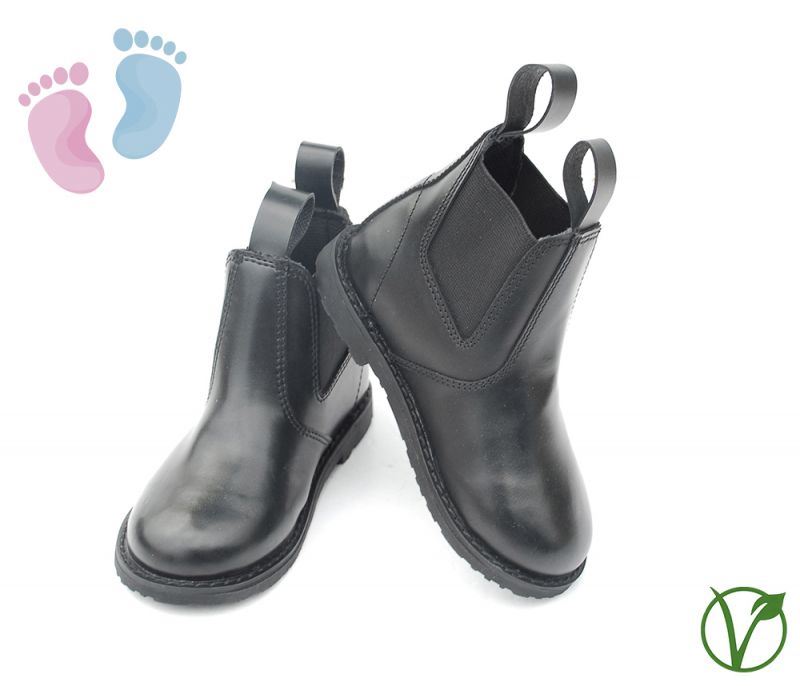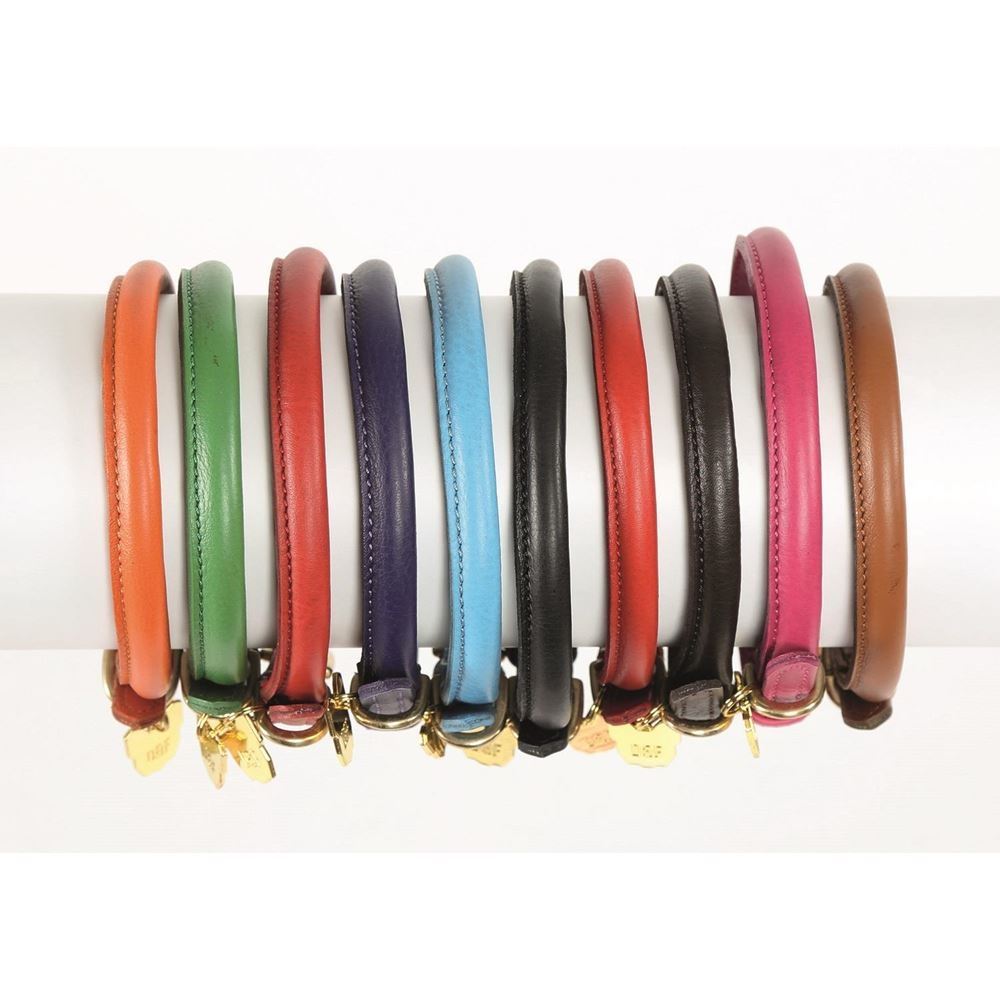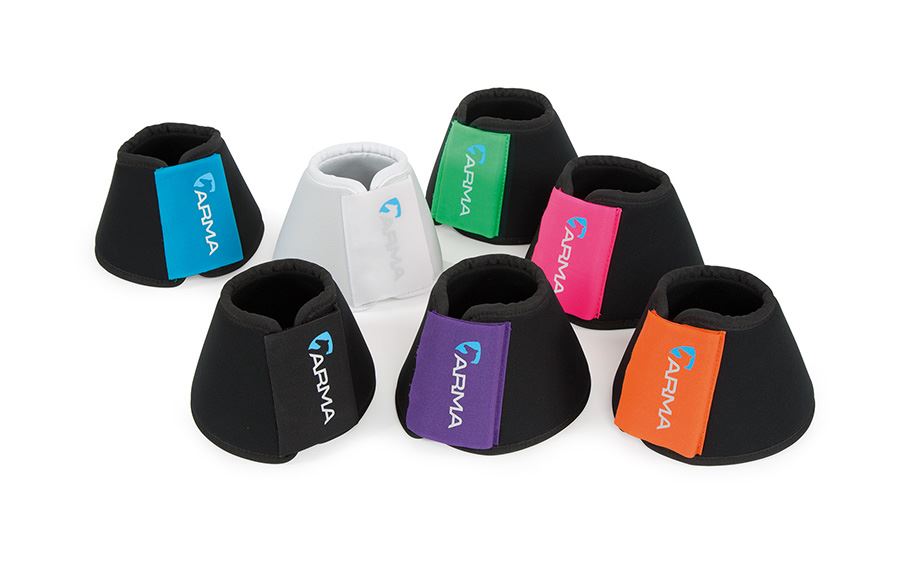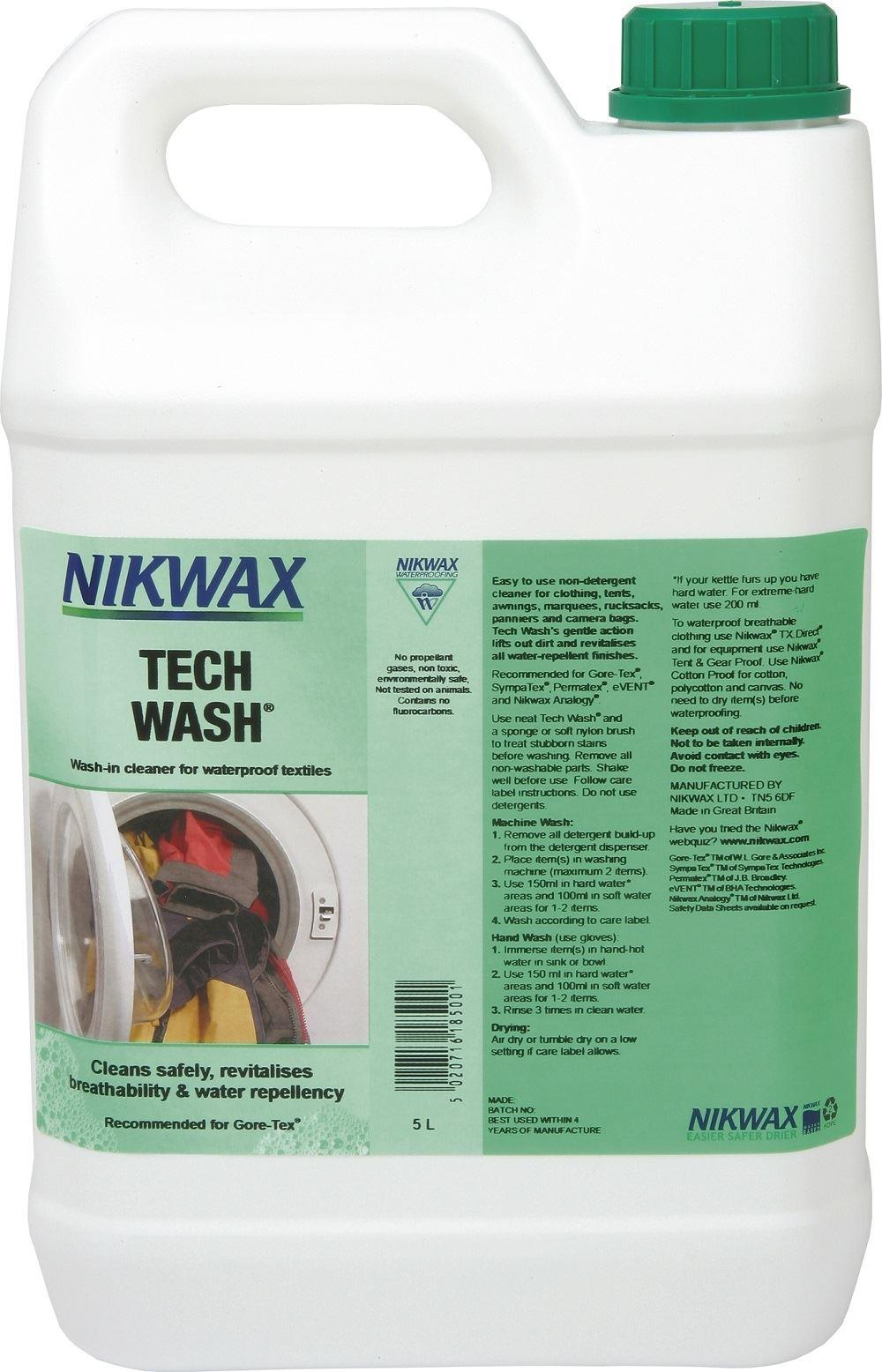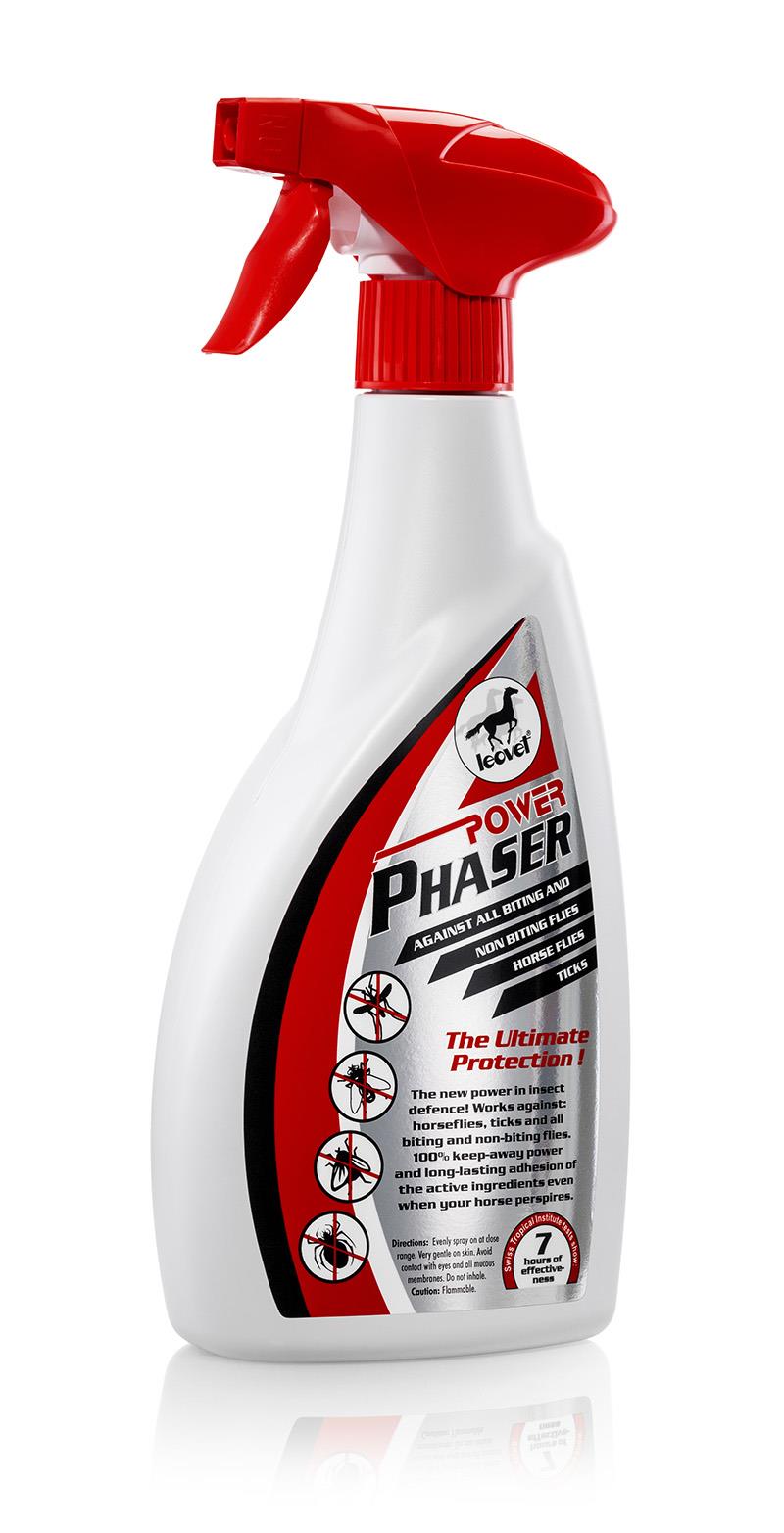The Impact of EIA Outbreaks on Quarter Horses
Equine Infectious Anemia (EIA) recently made headlines with a significant outbreak among Quarter Horse racehorses across the United States, primarily in California, New Mexico, and Texas. As of September 2024, a staggering twenty-three horses were diagnosed with EIA, prompting widespread concern. Let's delve deeper into this viral disease and learn why it's sending horse owners scrambling for answers.Identification and Transmission of EIA
The EIA outbreak was first identified when four horses tested positive after participating in racing events, traveling from New Mexico to California. Alarming details emerged as further testing revealed nineteen more cases across the three states, all linked by a common trainer. This clustering of cases suggests iatrogenic transmission, a fancy term for when poor medical practices, like reusing needles or syringes, spread diseases. Yes, not what you want in a racehorse circa the 2020s!Understanding Equine Infectious Anemia
EIA isn't just any viral infection—it's a life sentence. Horses contracting EIA are forever carriers of the disease, not unlike that one friend who carries their cold everywhere. There’s no cure, and even worse, no vaccine. This blood-borne villain finds its way into equine systems mainly through contaminated medical instruments or biting insects like horseflies. The infected horses contribute to disease spread even if they're feeling peachy and asymptomatic.The Grim Reaper’s Role in Disease Control
EIA elicits drastic control measures. Of the 23 horses affected, 21 were euthanized, and yes, one died from the disease-related complications. The last horse is in quarantine, surely thanking its lucky stars—or four-leaf clovers if that's a thing for horses. Euthanasia, despite being difficult and controversial, is often necessary to prevent further disease contagion. No one wants to be the vector of the next equine pandemic.Enhancing Biosecurity Protocols
Controlling EIA isn't just about pointing fingers at bad nurses (ahem!)—it requires strict biosecurity. This involves regular testing through the Coggins test, like the academic pop quiz you never feel ready for. It's essential for horses crossing state boundaries and mingling at events. Key to biosecurity is avoiding needle re-use and keeping medical supplies sterile, akin to making sure your sandwich doesn’t touch the public bathroom counter.The Equine Disease Communication Center’s (EDCC) Unsung Hero Role
The unsung hero in tackling outbreaks like EIA is the Equine Disease Communication Center (EDCC). They are the town criers, sounding the alarm on potential health threats. The EDCC provides accurate and timely information on disease status, updates, and best practices for preventing further outbreaks. Without their communication network, managing and controlling EIA would resemble playing a game of whack-a-mole—blindfolded.Changing Practices for Healthier Rides
As these horses gear up to race, trainers and owners are reminded of the importance of hygiene and protocol adherence. Moving forward, it's not enough to be fast on the track; they must also be wise in their barns. From disallowing blood-doping practices to maintaining sterile conditions, the collective emphasis is on preventive strategies. By reducing the potential for iatrogenic transmission, it's possible to create a safe environment even amidst uncurable diseases.Conclusion: A Race to the Cure
This multistate outbreak serves as a loud reminder to the equine community about the critical importance of disease prevention and management. While there’s no instant cure or vaccine for diseases like EIA, heightened awareness, and strategic measures can significantly reduce risks. By working hand-in-hoof with organizations like the EDCC and discussing health openly, horse lovers can save their gallopers from unnecessary drama and ensure rhythmic hoof beats on the track for years to come.Source: The Horse
